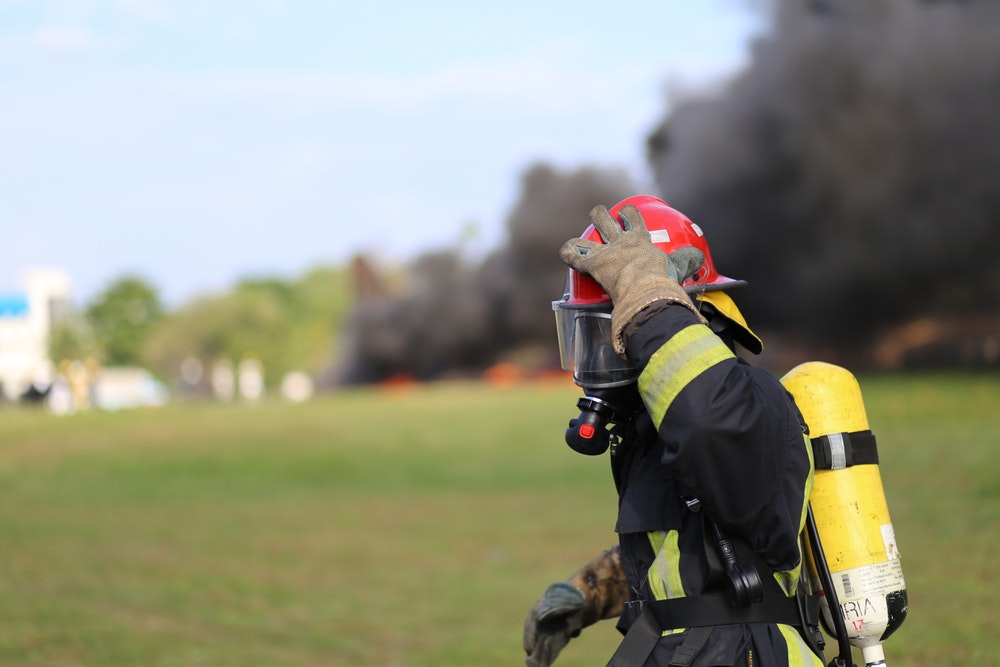Importance of PPE
PPE is short for personal protective equipment and it is designed to give you protection against injury, exposure to harmful substances, chemicals, electricity and do many more hazards. With the right PPE and proper use, the user is well protected from chemical hazards that may very well affect his eyes, face, skin and whole body. It is important to note however that no combination of PPe is capable of giving you total protection against all hazard. You have to use the PPE in addition to other protection gear.
Choosing the right PPR
The onsite incident manager will decide on the PPe gear needed for the job based on the working situation on ground. For first responders and medical personnel, PPE selection is dependent on the institutions chemical emergency protocols.
Method to pick the right PPe for chemical emergencies is available.
Categories of PPE
PPEs are classed into four main classes and this is based on the level of protection they provide.
Level A: this protection is needed in situations with the highest possibility of exposure to respiratory, skin, eye and mucus membrane hazards. A standard level A gear comes with:
Positive pressure, in built breathing apparatus and a positive pressure supplied sir respirator.
Fully covered chemical protection suit.
Gloves with outer resistance to chemicals
Boots resistant to chemicals, with steel toe and shank depending in the boot manufacturing.
Level B protection is suitable in situations where the utmost level of protection is needed but a lesser level for skin and eye protection. This is the minimum level of protection advised for initial site entry until the dangers have been properly assessed.
The standard level B gear comes with:
- Positive pressure in built breathing apparatus or a positive pressure air respirator.
- Clothing resistant to chemicals. This can be overalls, jackets, coveralls and gloves.
- Gloves resistant to chemicals on the exterior
- Gloves resistant to chemicals in the interior
- Boots resistant to chemicals, steel toe and shank.
Level C protection is required in situations where an airborne substance is in the air and the conditions for using air purifying respirators are met. In this scenario, skin and eye exposure is less likely. Constant monitoring of the air must be carried out.
Standard Level C ensemble includes:
- Full face and half mask with an air purifying respirator
- Clothing with resistance to chemicals
- Gloves resistant to chemicals on the exterior
- Gloves resistant to chemicals in the interior
- Chemical resistant boots.
Level D protection is basically work uniform and is needed for basic nuisance protection. All that is needed here is coveralls and safety shoes. Other PPEs are based on specific scenarios. This gear shouldn’t be used in areas where respiratory and skin hazards exist.
Types of Protection
There are many types of protective equipment, each with specific applications and use requirements. Information on common elements of the PPE ensemble include:
